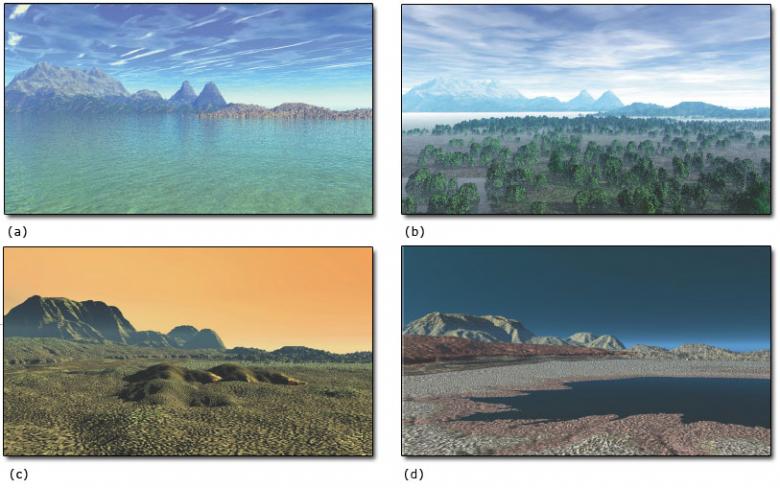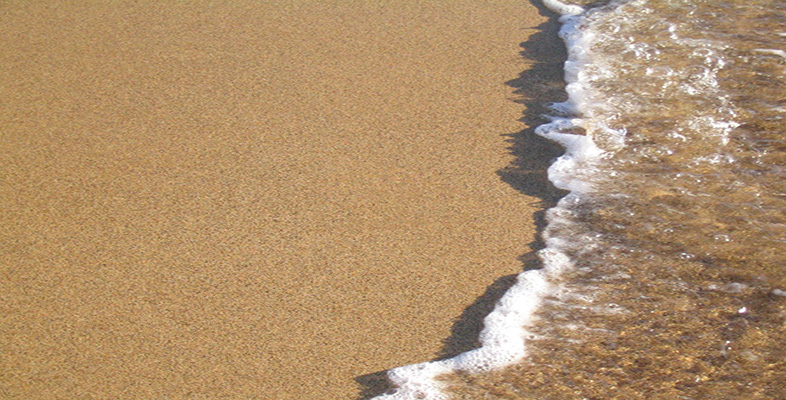
Figure 1 A reconstruction of northern England looking westwards towards the Lake District at different geological times from the Early Carboniferous (a) to the Late Permian (d). The progressive northwards drift of the British Isles resulted in rocks from a wide range of environments being formed and later preserved. Much of the Lake District highlands consists of Ordovician volcanic rocks. During the Early Carboniferous (a), the region lay close to the equator, with the low ground covered by a shallow sea in which corals and other marine fauna and flora prospered. As this sea receded, this was replaced by the Late Carboniferous coal swamps (b) and later by the deserts of the Early Permian (c), as the British Isles continued to drift northwards towards the present latitude of the Sahara. By the Late Permian (d), a shallow sea had encroached on this area once again
